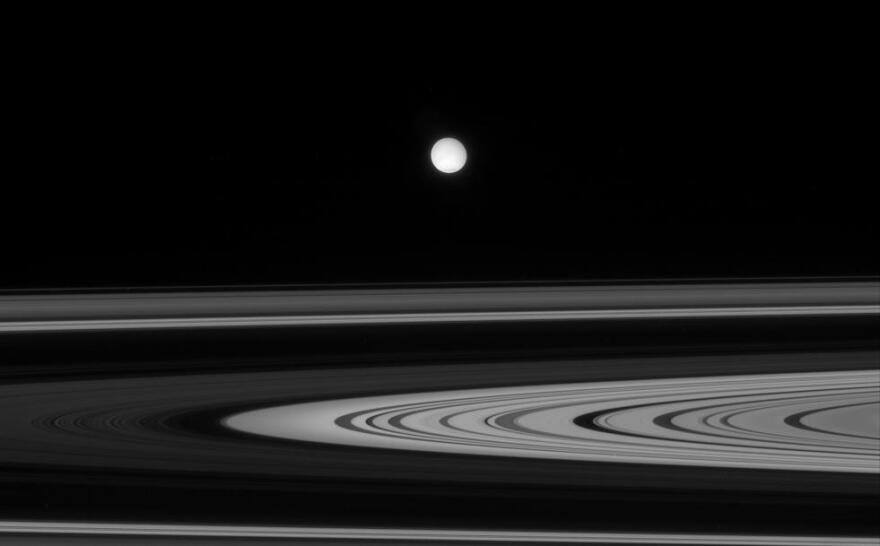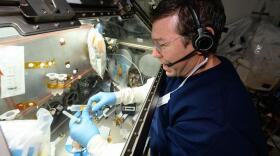NASA now has a new (temporary) leader.
NASA now has a new leader, for now.
The Trump administration recently appointed Secretary of Transportation Sean Duffy to the space agency as interim NASA administrator.
This new role comes after recent President Trump rescinded billionaire entrepreneur and private astronaut Jared Isaacman’s nomination just weeks before his final confirmation.
Keith Cowing, editor at NASAWatch.com, an independent website not affiliated with NASA, said while the Trump administration made this decision on who could run NASA for now, he said it’s unclear of who will be the permanent NASA Administrator.
“I don't know, that's something within the President's inner circle that you'd have to investigate in terms of getting a permanent NASA Administrator,” Cowing said. “They do have a deputy nominee, but nobody's really heard much from him since he was picked and supposedly now there's three or four people being vetted.”
Duffy’s new appointment comes as Congress decides on NASA’s future budget. Plus, Cowing said because he now has two agencies to run, Duffy will rely on the Trump Administration for help with decision making.”
“He will do exactly what the White House tells him and not question anything he's asked to do,” Cowing said. “Now, if he's only there for a few months, that could be bad because a lot of these layoffs need to happen. If it's a few weeks, maybe nothing. Again, this is just speculation. It all centers upon when and if a next formal nominee for NASA is identified.”
Cowing started NASAWatch.com to monitor layoffs at the agency nearly three decades ago. Since then, he’s never seen more layoffs.
“I have never seen more people more scared about more things, losing a career, a dream job, uncertainty whether they should walk out voluntarily or wait to be laid off,” Cowing said. “It is collective calamity.”
On one of Saturn’s icy moons, scientists are looking for potential places for life
Even though one of Saturn’s moons has a harsh and icy environment, scientists believe this moon could hold microbial life.
Enceladus has evidence of cryovolcanic plumes-- a freezing volcano. Plus, this icy moon has a frozen ocean beneath it.
But aside from these harsh conditions, life may be finding a way to survive. Chris Glein, a planetary scientist at Southwest Research Institute, thinks that microbial life could potentially live amidst this harsh terrain.
“We’ve learned that there are these moons in the outer solar system, I mentioned their surfaces are cold and covered by ice, but as you go down deeper, we think that the ice eventually gets heated and is melted to form subsurface liquid water oceans on many of these moons,” Glein said. “It's actually thought that there's more liquid water beyond the orbit of Mars than there is in all of our ocean water here on Earth.”

On this moon, Glein said while life could be found, it would most likely be microbial life. Findings by Glein show Enceladus’s pH is more alkaline, or a pH greater than seven.
“It's quite a way up there in alkalinity,” Glein said. “Not a good place to be if you're a fish or a person. For that matter, your skin could partially dissolve under these conditions. But if you're a microbe, you know a single celled organism, there are microbes on Earth that are known to thrive under these kinds of pH conditions.”
While there is no active mission to Enceladus, Glein said he and other scientists are looking towards the future to explore moons like Enceladus and other ocean worlds.
“We're hoping that in the coming decades we'll have that opportunity,” Glein said.” It kind of takes a long time to develop these missions, so we're probably looking two decades ahead, maybe in the 2040s and 2050s when we can send a mission back to Enceladus.”







